Recombinant Human ACBD6 protein(Met1-Ala282), His-tagged
| Cat.No. : | ACBD6-2178H |
| Product Overview : | Recombinant Human ACBD6 (NP_115736.1) (Met 1-Ala 282) was expressed in Insect Cells, with a polyhistidine tag at the N-terminus. |
| Availability | April 18, 2025 |
| Unit | |
| Price | |
| Qty |
- Specification
- Gene Information
- Related Products
- Case Study
- Application
- Download
| Species : | Human |
| Source : | Insect Cells |
| Tag : | His |
| Protein Length : | 1-282 a.a. |
| Form : | Lyophilized from sterile 50mM Tris, 100mM NaCl, pH 8.0. Normally 5 % - 8 % trehalose, mannitol and 0.01% Tween80 are added as protectants before lyophilization. |
| Molecular Mass : | The recombinant human ACBD6 consists of 300 amino acids and predicts a molecular mass of 33.4 kDa. It migrates as an approximately 36 kDa band in SDS-PAGE under reducing conditions. |
| Endotoxin : | < 1.0 EU per μg of the protein as determined by the LAL method |
| Purity : | > 96 % as determined by SDS-PAGE |
| Storage : | Samples are stable for up to twelve months from date of receipt at -20°C to -80°C. Store it under sterile conditions at -20°C to -80°C. It is recommended that the protein be aliquoted for optimal storage. Avoid repeated freeze-thaw cycles. |
| Reconstitution : | It is recommended that sterile water be added to the vial to prepare a stock solution of 0.2 ug/ul. Centrifuge the vial at 4°C before opening to recover the entire contents. |
| Full Length : | Full L. |
| Gene Name | ACBD6 acyl-CoA binding domain containing 6 [ Homo sapiens ] |
| Official Symbol | ACBD6 |
| Synonyms | ACBD6; acyl-CoA binding domain containing 6; acyl Coenzyme A binding domain containing 6; acyl-CoA-binding domain-containing protein 6; MGC2404; acyl-Coenzyme A binding domain containing 6; |
| Gene ID | 84320 |
| mRNA Refseq | NM_032360 |
| Protein Refseq | NP_115736 |
| UniProt ID | Q9BR61 |
| ◆ Recombinant Proteins | ||
| ACBD6-302H | Recombinant Human acyl-CoA binding domain containing 6, His-tagged | +Inquiry |
| ACBD6-4933C | Recombinant Chicken ACBD6 | +Inquiry |
| ACBD6-102R | Recombinant Rat ACBD6 Protein, His (Fc)-Avi-tagged | +Inquiry |
| ACBD6-150H | Recombinant Human ACBD6 Protein, GST-Tagged | +Inquiry |
| ACBD6-447R | Recombinant Rat ACBD6 Protein | +Inquiry |
| ◆ Cell & Tissue Lysates | ||
| ACBD6-688HCL | Recombinant Human ACBD6 cell lysate | +Inquiry |
Case 1: Soupene E, et al. J Lipid Res. 2019
Human proteins from the acyl-CoA binding domain-containing (ACBD) family are pretty versatile, handling everything from viral replication and stem-cell renewal to organizing cell parts and modifying proteins. The unique parts of these proteins, not shared by all of them, decide their specific jobs. The ACBD6 protein is important because it boosts the work of enzymes called N-myristoyltransferases (NMT) both in humans and in the Plasmodium parasite. Even though myristoyl-CoA, a key player for these enzymes, isn't very plentiful in cells, ACBD6 helps ensure it gets used by pushing aside more common molecules like palmitoyl-CoA.
What's more, ACBD6 shields the Plasmodium NMT enzyme from being interfered with by molecules like lauryl-CoA, making sure myristoyl-CoA is put to work where it's needed. Human ACBD6 can also boost its performance by having two serine residues in its acyl-CoA binding domain phosphorylated. This tweak makes it bind better with its partners, stops other acyl-CoAs from getting in the way, and ramps up NMT's activity.
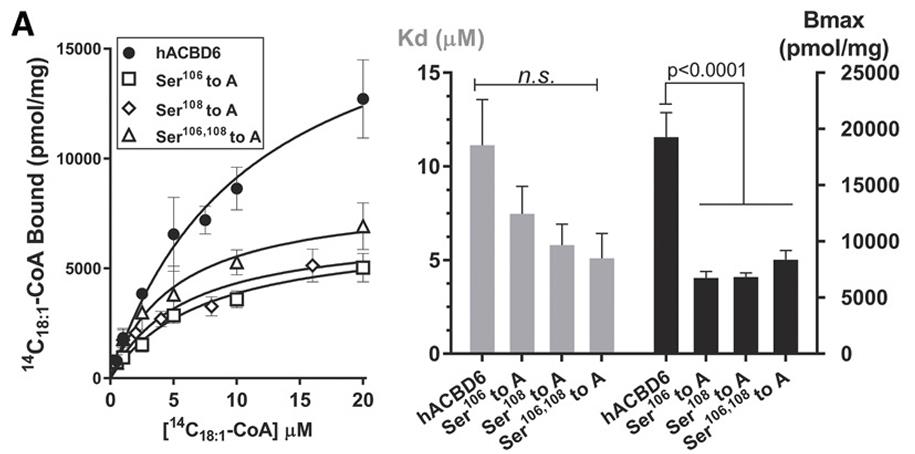
Fig1. Binding activity was measured with 2 μM protein and increasing concentrations of [14C].
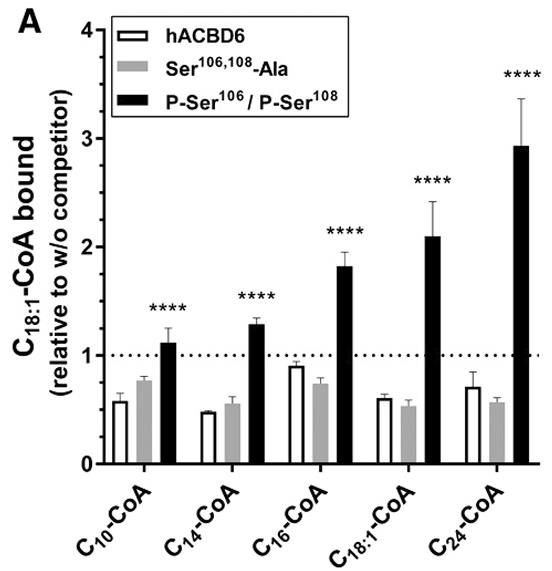
Fig2. Binding assays were performed with hACBD6, Ser106/108-A, and the phosphorylated protein.
Case 2: Soupene E, et al. Biomolecules. 2022
ACBD6 is a key player in how cells handle the transfer of acyl chains to proteins and lipids, helping with processes like myristoylation and lipid acylation. This protein teams up with NMT enzymes to form an active complex that efficiently attaches myristoyl-CoA, a rare molecule, to specific proteins, ensuring proper cellular function. When ACBD6 is missing, cells struggle with this process, which shows how critical this protein is. While it doesn't alter the formation of acyl-CoAs, it significantly impacts lipid acylation. This makes ACBD6 essential for maintaining the right balance and composition of lipids and proteins in human cell membranes, working as both a carrier and regulator in these pathways.
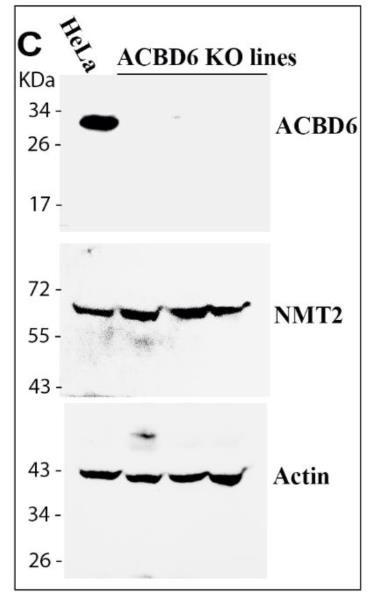
Fig1. Western-blot detection were performed with 100 μg of cell lysate proteins obtained from the parent HeLa cells and three ACBD6.KO lines.
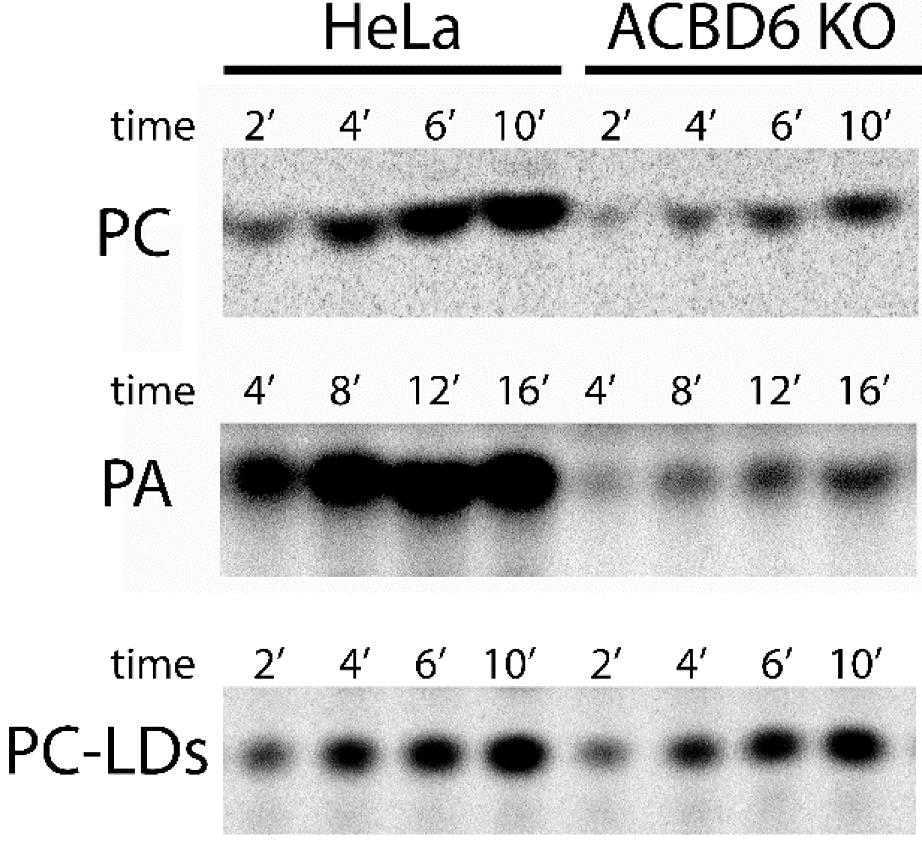
Fig2. Analysis of the acyl-CoA dependent acylation of lysoPA and lysoPC.
Human ACBD6 is a protein that plays a key role in managing how fats are used and how proteins are modified inside cells. It's part of the ACBD family, helping out with important processes like lipid metabolism and making sure proteins are in the right place. ACBD6 is particularly good at binding to certain long-chain acyl-CoA molecules, especially ones with unsaturated fats like C18:1-CoA. It's not interested in free fatty acids, and this selectivity helps keep the balance in our cells by making sure these fatty tissues don't cause problems. Studying ACBD6 gives us insight into how it manages these responsibilities and its potential in treating diseases linked to fat metabolism and how membranes work.
When scientists make a lab version of the Human ACBD6 protein, it helps them dive deeper into understanding how cells send signals and manage lipids. This research is super useful, giving clues about cellular communication and fat management that can lead to new treatments. Pharmaceutical and biotech industries take these insights to work on developing therapies for conditions stemming from problems with lipid metabolism and how cells talk to each other. So, by getting a better grip on how ACBD6 functions, both scientists and companies are paving the way for possible medical breakthroughs.
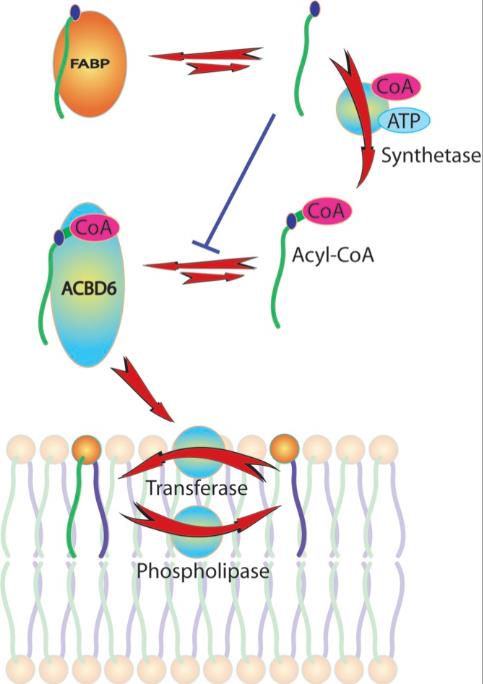
Fig1. Model of the role of ACBD6 in the Lands' pathway. (Eric Soupene, 2015)
Not For Human Consumption!
Inquiry
- Reviews
- Q&As
Ask a Question for All ACBD6 Products
Required fields are marked with *
My Review for All ACBD6 Products
Required fields are marked with *
Inquiry Basket


